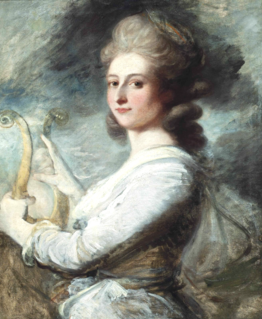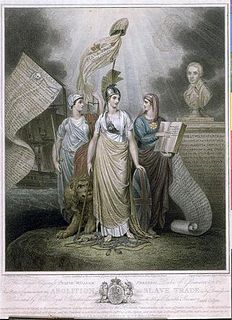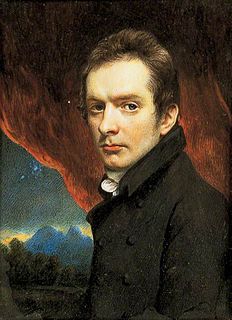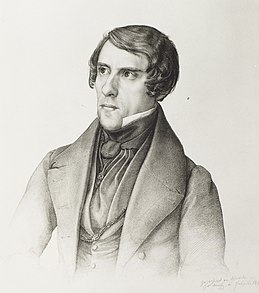

Joseph Samuel Webster (died 6 July 1796) [1] was an English portrait painter who worked in miniatures, oils, pastels, and crayons.
Little is known of Webster's life. His portrait of Robert Strange has been reported to date from 1750, [2] while one of John Ward (died 1758) is estimated to date from about 1755. [3] Between 1762 and 1780, while living in Covent Garden, he was exhibiting miniatures and crayons at the Society of Artists of Great Britain, and in 1763 his work also appeared in the Free Society. In 1769 the Society of Artists paid him for some of his work which had been destroyed in a fire. [4] He was still working about 1790, the estimated date of his portrait of Sir Levett Hanson. [5] He died in 1796. [4]

Sir Robert Strange (1721–1792) was a Scottish engraver. A Jacobite, he spent periods out of Great Britain, but was eventually reconciled to the Hanoverian succession and was knighted by George III.

John Ward (1679?–1758) was an English teacher, supporter of learned societies, and biographer, remembered for his work on the Gresham College professors, of which he was one.

Covent Garden is a district in Greater London, on the eastern fringes of the West End, between Charing Cross Road and Drury Lane. It is associated with the former fruit-and-vegetable market in the central square, now a popular shopping and tourist site, and with the Royal Opera House, which is also known as "Covent Garden". The district is divided by the main thoroughfare of Long Acre, north of which is given over to independent shops centred on Neal's Yard and Seven Dials, while the south contains the central square with its street performers and most of the historical buildings, theatres and entertainment facilities, including the London Transport Museum and the Theatre Royal, Drury Lane.
Georg Kaspar Nagler notes that Webster painted in the manner of Joshua Reynolds, that he painted ideal figures as well as portraits, and that some of his work was engraved, including a painting of Thomas Herring, Archbishop of Canterbury. [6]

Sir Joshua Reynolds was an English painter, specialising in portraits. John Russell said he was one of the major European painters of the 18th century. He promoted the "Grand Style" in painting which depended on idealization of the imperfect. He was a founder and first president of the Royal Academy of Arts, and was knighted by George III in 1769.

Thomas Herring M.A. was Archbishop of Canterbury from 1747 to 1757.

The Archbishop of Canterbury is the senior bishop and principal leader of the Church of England, the symbolic head of the worldwide Anglican Communion and the diocesan bishop of the Diocese of Canterbury. The current archbishop is Justin Welby, who was enthroned at Canterbury Cathedral on 21 March 2013. Welby is the 105th in a line which goes back more than 1400 years to Augustine of Canterbury, the "Apostle to the English", sent from Rome in the year 597. Welby succeeded Rowan Williams.
Webster has been confused with the "Mr. Joseph Webster, jun., of Loughborough", born 1774, whose death was announced in The Gentleman's Magazine for August 1796. [4] [7] The issue for September marked the death of this Webster by printing an engraving of him by James Basire. [8]

The Gentleman's Magazine was founded in London, England, by Edward Cave in January 1731. It ran uninterrupted for almost 200 years, until 1922. It was the first to use the term magazine for a periodical. Samuel Johnson's first regular employment as a writer was with The Gentleman's Magazine.
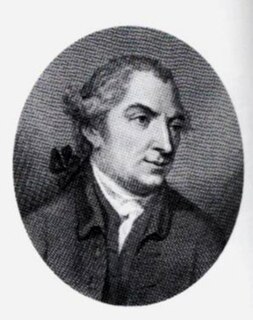
James Basire (1730–1802), also known as James Basire Sr., was an English engraver. He is the most significant of a family of engravers, and noted for his apprenticing of the young William Blake.


